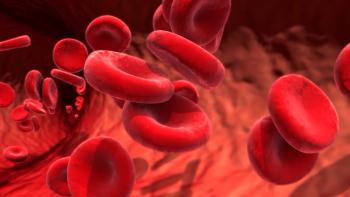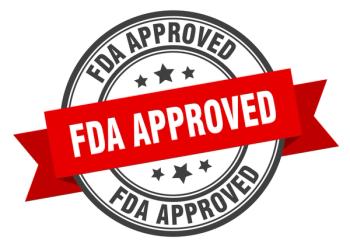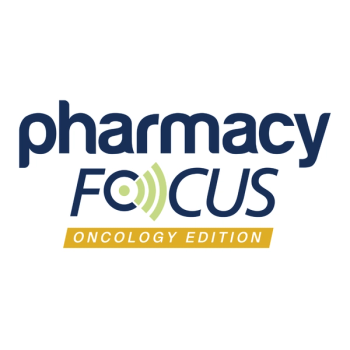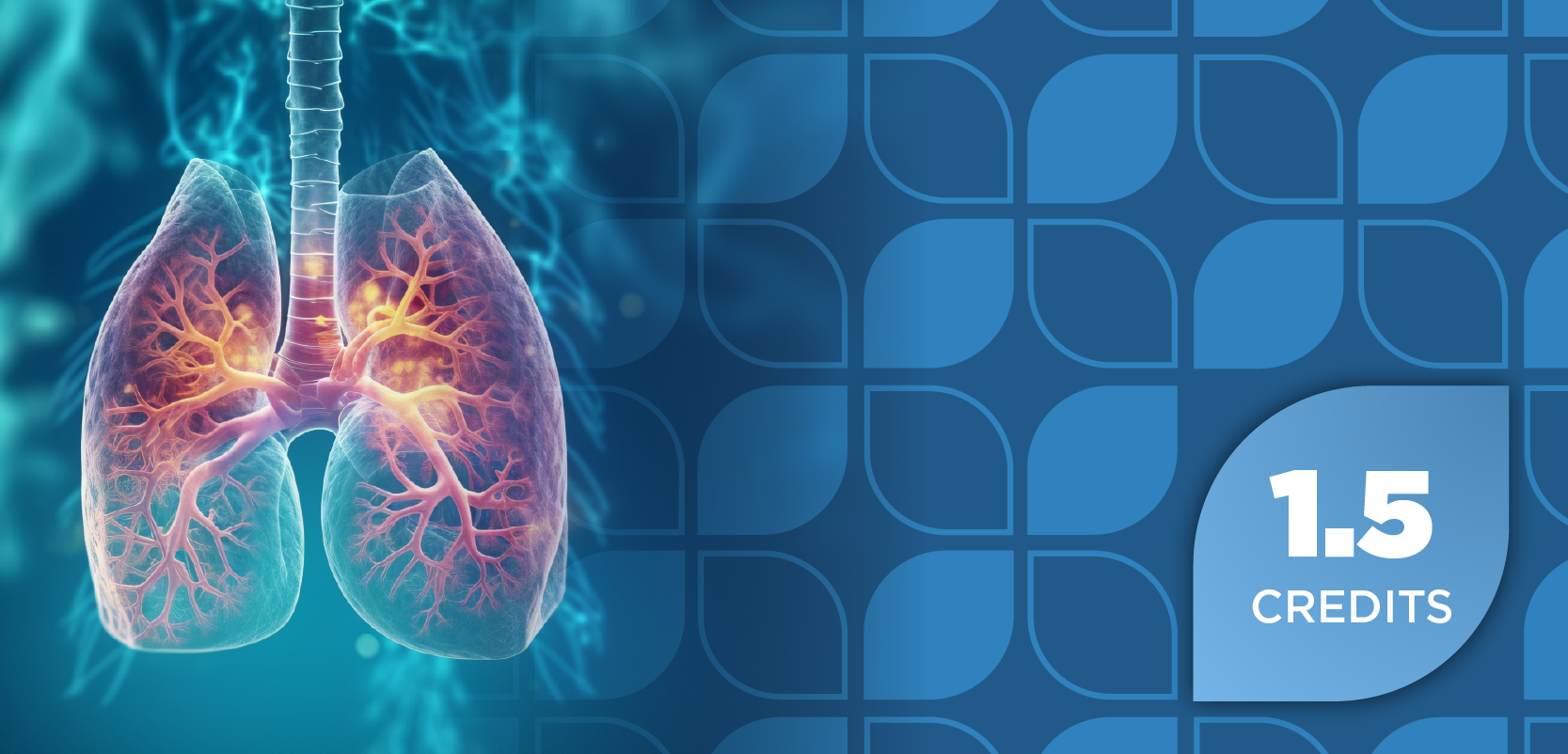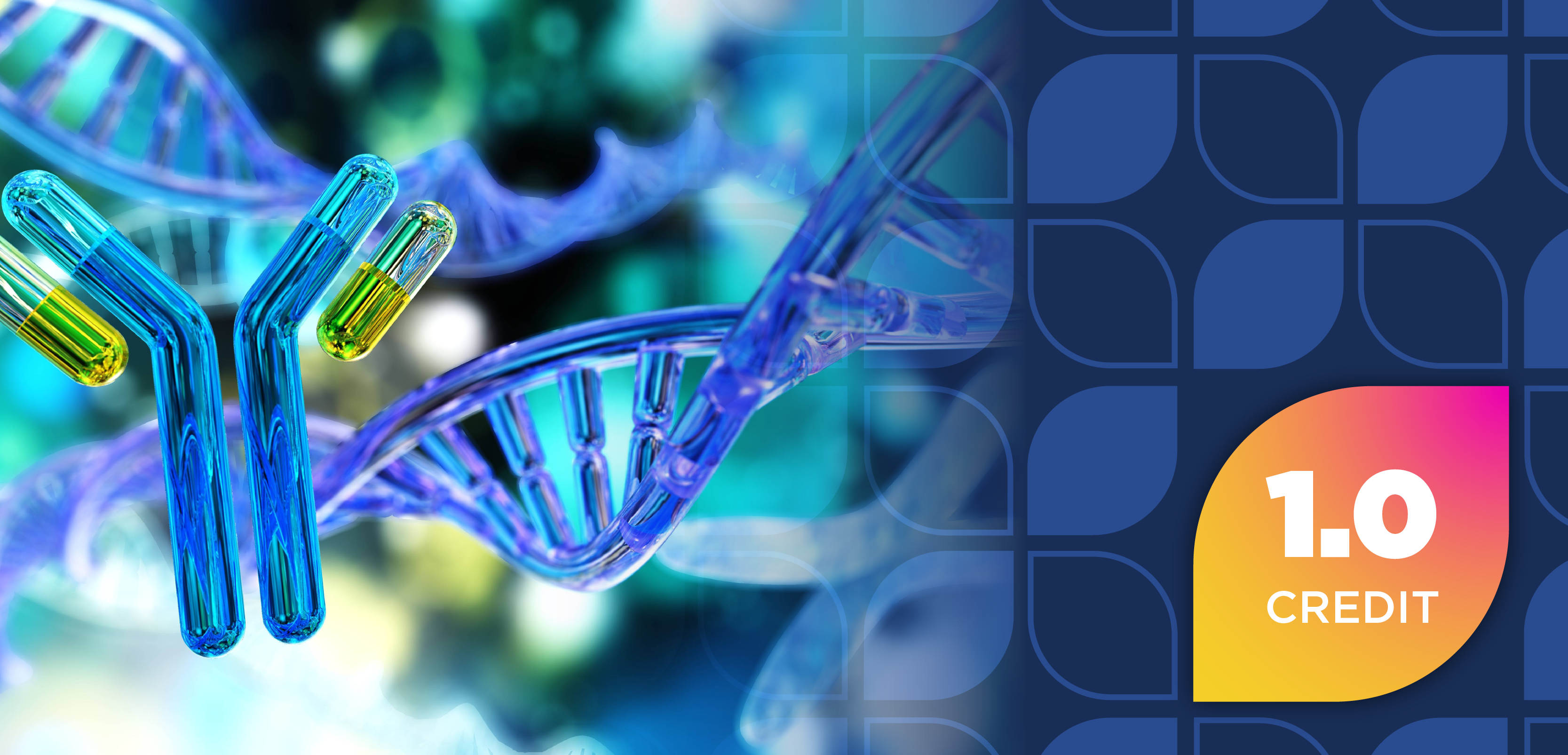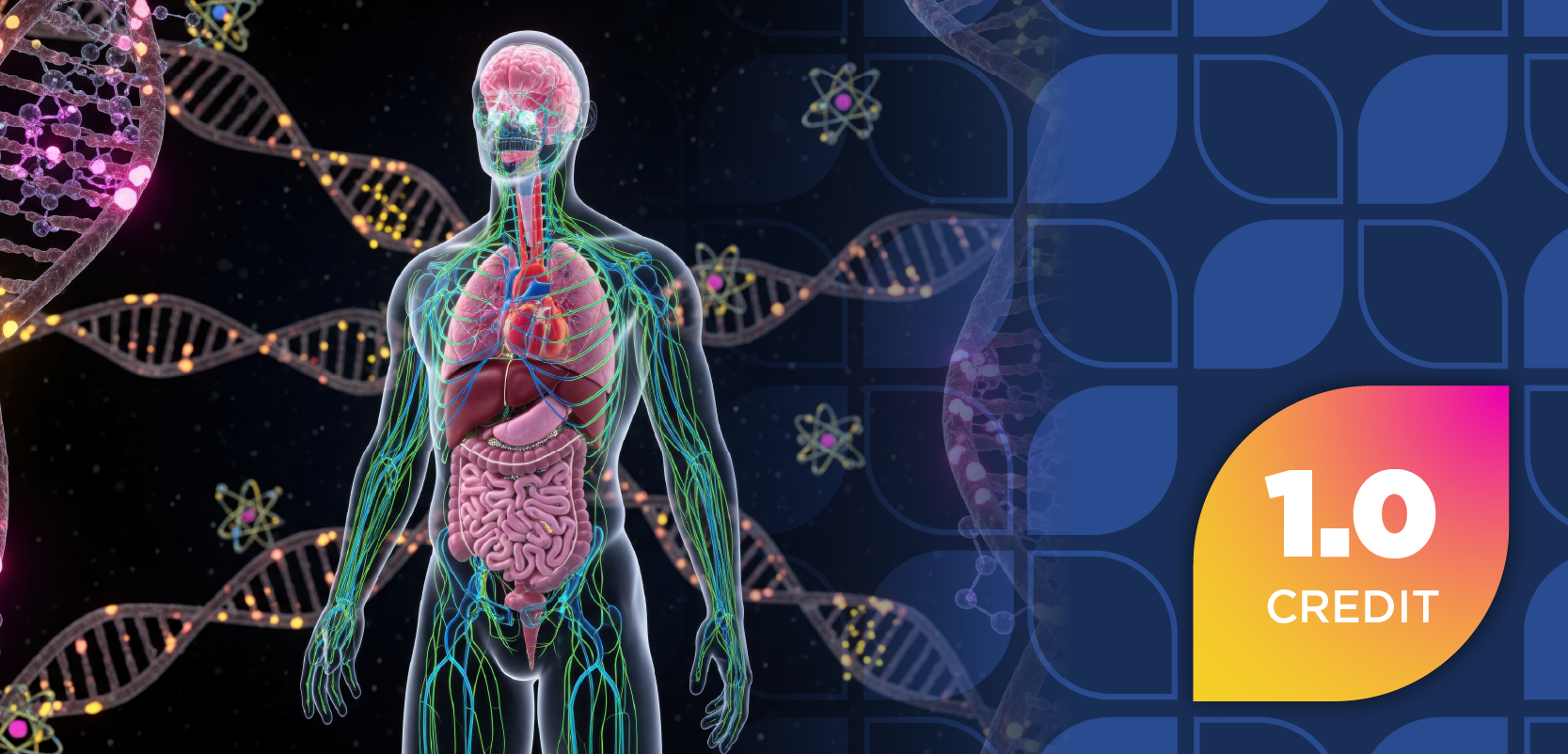“[Whole-person care is] simply caring for a person and not just their pills. It's making sure that we're focusing on medications as tools to help people live better, healthier lives, and not as the focus of their lives,” Kashelle Lockman, PharmD, MA, clinical assistant professor and clinical pharmacy specialist at the University of Iowa, said in a session at the 2024 American Association of Colleges of Pharmacy Annual Meeting.
Lockman, along with co-presenters Maria Lowry, PharmD, BCPS, BCGP, assistant professor at the University of Pittsburgh, and Rabia Atayee, PharmD BCPS, Aph, FAAHPM, associate dean for admissions and outreach and professor of clinical pharmacy at the University of California San Diego, addressed the gaps in pharmacy education around whole-person care.
Whole-person care is a holistic care approached that addresses multiple aspects of a patient, including physical, behavioral, spiritual, and socioeconomic well-being, specifically defined by individuals, families, and communities and not by guidelines, Lockman said. She added that her students view whole-person health as a gap in curriculum, adding that one student said they only received lessons in an elective. Gaps in literature were also identified, with cases in teaching often including “disembodied” patients, defined as patients who have undifferentiated race, binary gender, heteronormative sexual orientation, traditional relationships, and the absence of disabilities.
Atayee stated that in order to relieve suffering, it is essential to identify and response to all the complex and various issues that a patient may experience. She said students should be taught that there are 8 different domains in care and each domain has equal importance. The domains are disease management, physical, psychological, social, spiritual, practical, end of life worries, and grief and loss.
Disease management and physical symptoms, Atayee said, are the most covered in pharmacy education. Further, she said pharmacists do not have to cover all 8 domains, but it is important for them to help identify team members who can help in areas where pharmacists might not be able to. She said that leaning on a team to highlight different member’s strengths is key.
“Health care is a team sport. We don't have to do this alone,” Atayee said. “[Palliative care] can be really hard sometimes, and so I really do remind [students to] recognize who your team members are, and it may change from setting to setting, and that's the beauty of learning about different teams.”
Disease management includes primary and secondary diagnoses as well as treatment plans. Atayee added that it is important to make sure the patients understand and acknowledge their diagnosis and treatment plans. For physical, students should be educated on physical symptoms and conditions that patients might experience.
Other domains of care that students should be aware of include:
- How patients respond to being ill
- What their spiritual beliefs are and the meaning and value of diagnosis within their spiritual beliefs
- How their diagnosis will affect their functional status, work, income, and cost of care
- Who is important to the patient and how their routines and social life might be affected
- Any end of life considerations, including financial resources, preparing for unexpected death, and worry for family and friends
- Losses the patient feels during their illness, such as losing the ability to do what they enjoy
The most important aspect of teaching whole-person care is to lead by example, Lowry said, and it can help to foster inclusive student-centered learning environments.
3 Key Takeaways
- Pharmacists should be educated to deliver whole-person care, considering a patient's physical, mental, social, and spiritual needs.
- Experts recommend that the current pharmacy school curricula incorporate case studies that depict real-life patients and explore whole-person care.
- Language used to describe patients should be person-centered, respectful, and avoid stereotypes.
Lowry highlighted how important the emotional aspect of professional framework is, and that it is crucial to help students understand and manage the expectations of what care setting they are in—for example, if the student is in palliative care, helping them to prepare and manage their emotions.
She highlighted the NURSE format when students respond to patient emotions—naming, understanding, respect, support, and explore. Normalizing the expression of emotions is important as well as the complexity of patients’ emotional reactions, Lowry said.
Furthermore, in the classroom, as well as other settings, it is important to use person-first language and avoid defining a patient based on their medical condition. Neutral, nonjudgemental language is preferred. She gave examples of phrases and words to avoid, including addict, diabetic, and homeless patient. She said it is best to say person with diabetes, housing insecurity, or substance use disorder, which helps to identify the patient as a person first, not a medical diagnosis.
Further, she added that pharmacy professionals should avoid using phrases such as “a patient failed chemotherapy” and “we are withdrawing care.” Atayee agreed that language in regard to the patients is very important when teaching students. She said that she uses whole-person descriptions for case development, which includes selecting photos to humanize patients, giving them a personality, showing aspects of their life beyond their diagnosis and medication use. She said that educators should incorporate at least 1 whole person-case into their teachings, ideally as more than 1 slide.
“[Teaching] really starts with us: actions speak louder than words,” Lowry said. “The way that we carry ourselves both inside the classroom and in patient care settings. Students take away arguably more from what they see us doing than what our slides read.”
Reference
Lockman K, Lowry M, Atayee R. Transformative teaching: integrating whole-person care in pharmacy education. Presented at: 2024 American Association of Colleges of Pharmacy Annual Meeting; July 20-July 23, 2024; Boston, MA.

